What Materials Are Air Filters Made From?
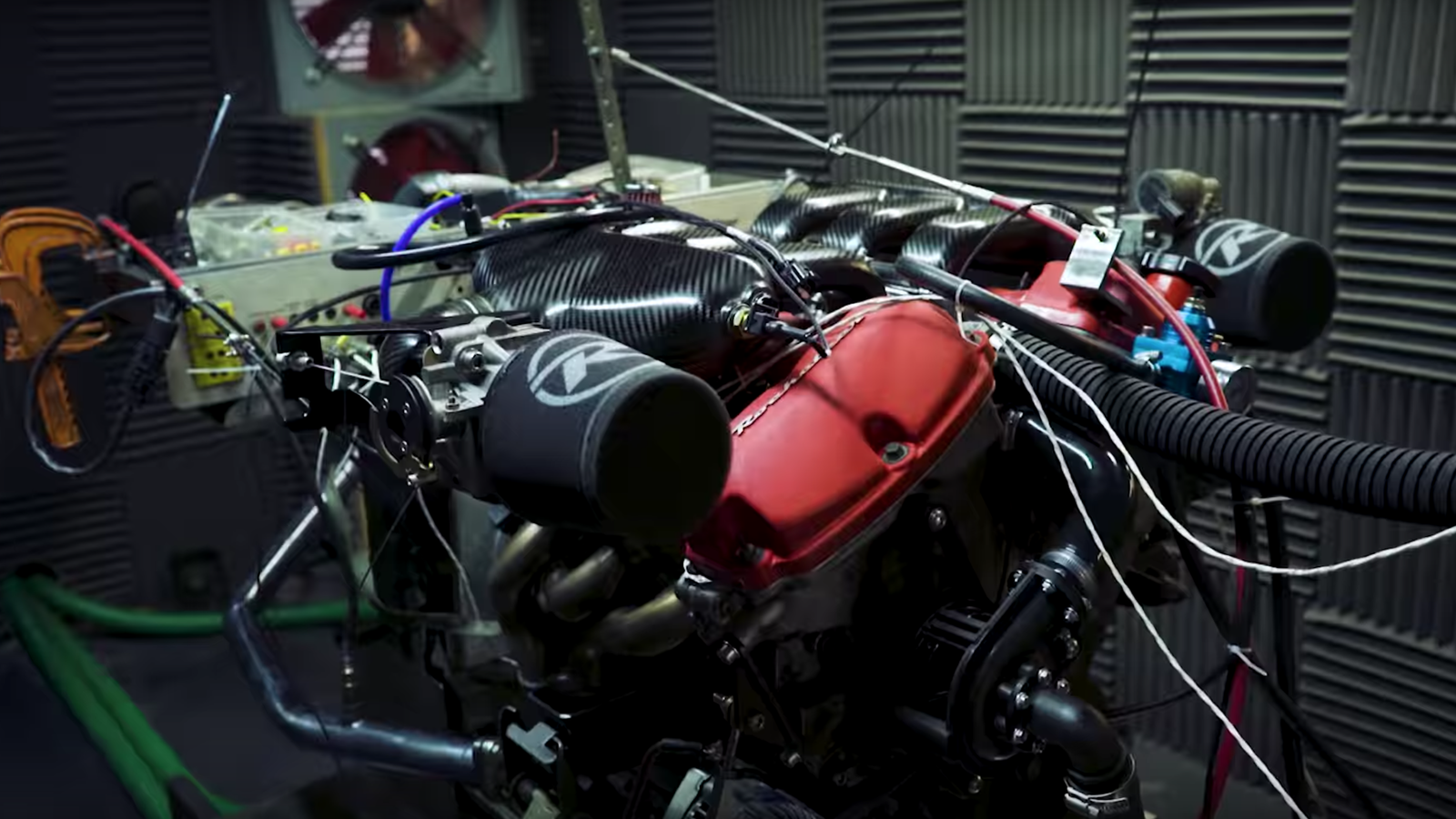
In order to do its internal combustion thing, your engine needs air. And that’s a problem because the oxygen your car breathes in for the suck part of suck, squeeze bang blow probably isn’t going to be clean.
Over time, your car will attempt to ingest nasty bits and pieces that could threaten to contaminate your oil, get into the cylinders and shorten the life of your engine. That’s why if you pop your bonnet, you should - hopefully find an air filter in there somewhere.
But just as there’s apparently - according to the moderately disturbing saying - more than one way to skin a cat, there’s more than one way to filter. Here are the main different types of replacement air filters you’re likely to encounter in the automotive world:
Paper
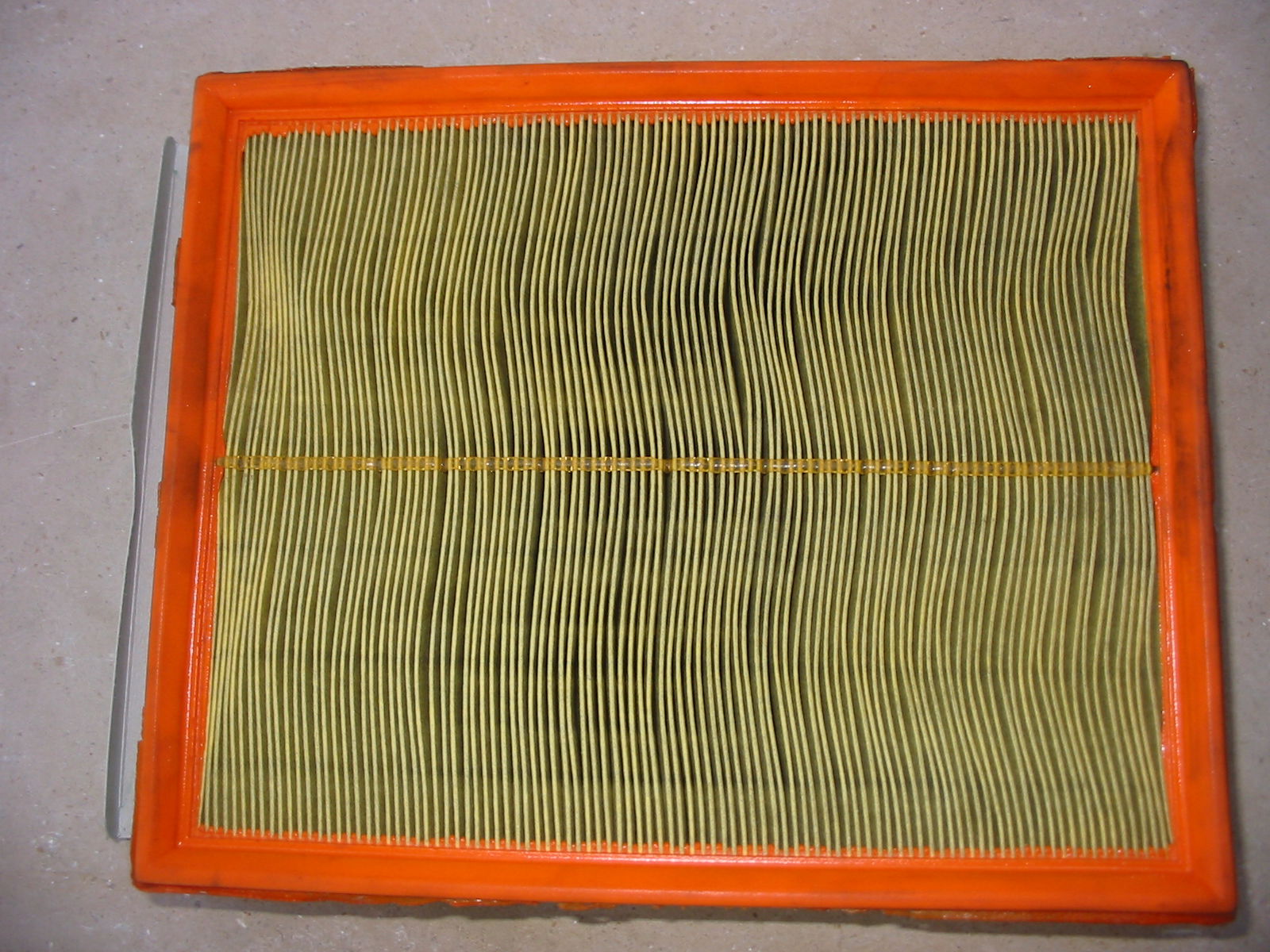
This is the most common type, and the material used for almost all production cars from the factory. The ‘paper’ used is a little different to the stuff you shove in your printer (does anyone still use those?) - it’s a heavily compacted wood pulp that’s bonded to make a much sturdier material, which is then folded in a concertina style to give more surface area and attached to a foam rectangle.
It’s cheap and effective, hence why the use of this kind of filter is so widespread. Over time though, dirt will begin to clog in the folds of the material, restricting air flow. With that in mind, it will need to be binned for a fresh one eventually. When exactly you change it is going to vary depending on driving conditions, but you can generally expect a paper filter to last around one-two years or 10,0000 - 20,000 miles.
Cotton
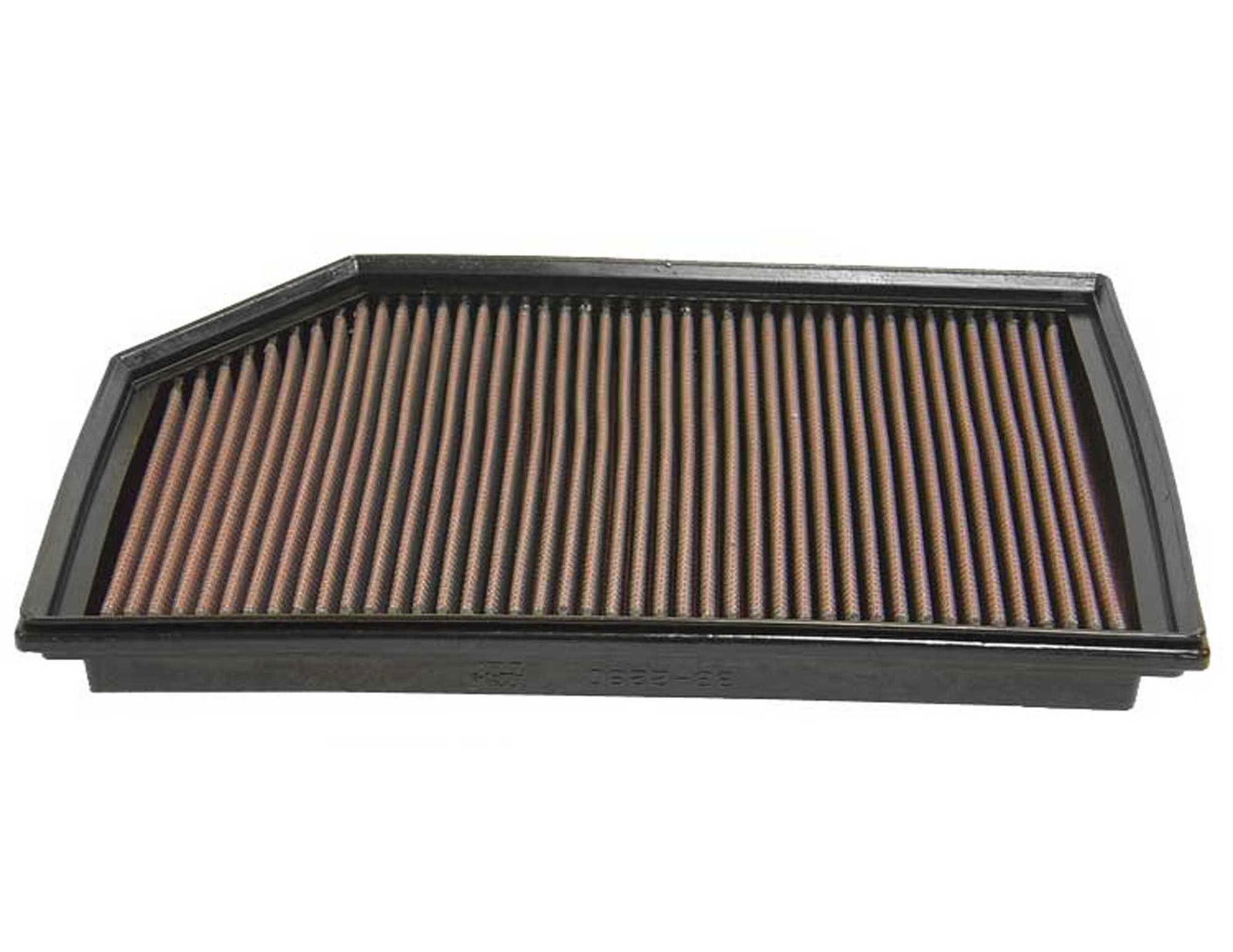
Probably the first port of call for most people switching out their standard filter is a cotton-based part. These feature layers of cotton gauze sandwiched between aluminium mesh, giving a less dense material for the air to penetrate than paper. Since it’s not as dense, it should - theoretically - be less restrictive, allowing more air in and increasing power. Any bump in output is likely to be small, however - a possible change in induction noise is going to be the only noticeable change to the driving experience.
As the gaps between the material are bigger, however, this does mean more dirt may pass through. Many manufacturers apply a layer of oil which is supposed to help catch dirt particles, rather than have them accumulate on the filter material itself, or pass through to the engine.
Cotton air filters can last the life of the car, although they do require cleaning an re-oiling once sufficiently fouled. You need to ensure that you don’t over-lubricate the filter, as this can lead to oil being drawn onto the mass airflow sensor.
Foam
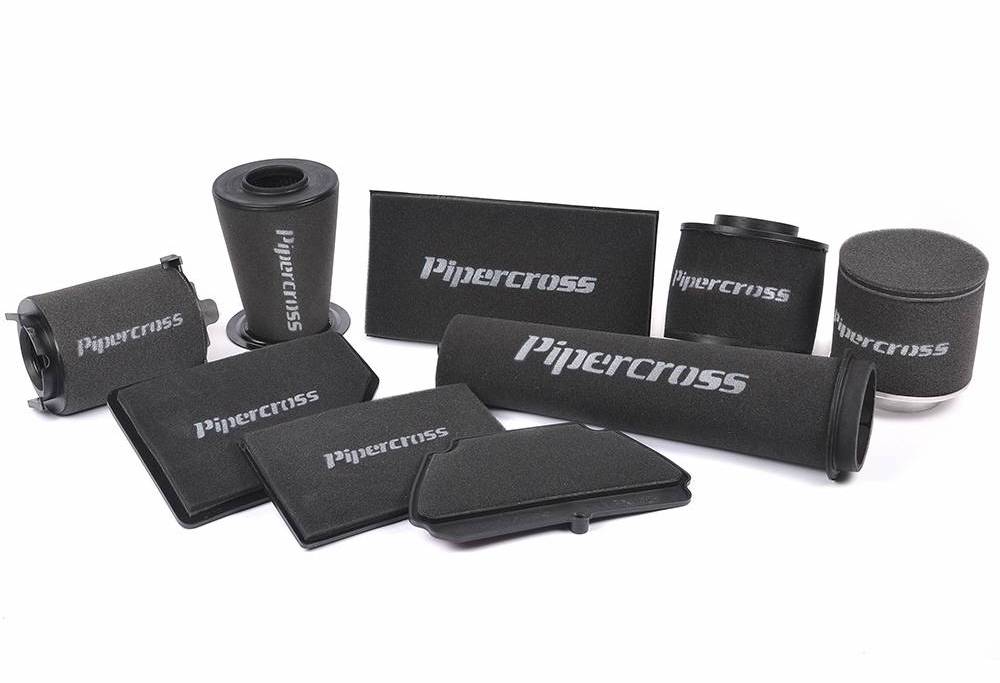
Foam air filters are less restrictive still, using multiple layers of foam with different densities to stop contaminants, plus wire mesh to help keep the shape of the filter. The downside - once again - is less restriction means it won’t be as effective a filter, but in most conditions, this is unlikely to cause an issue for your engine.
As with cotton filters, many use an application of oil to trap incoming dirt. Also like cotton filters, it’s possible to buy one as a flat ‘panel filter’ that fits inside your existing airbox.
Metal
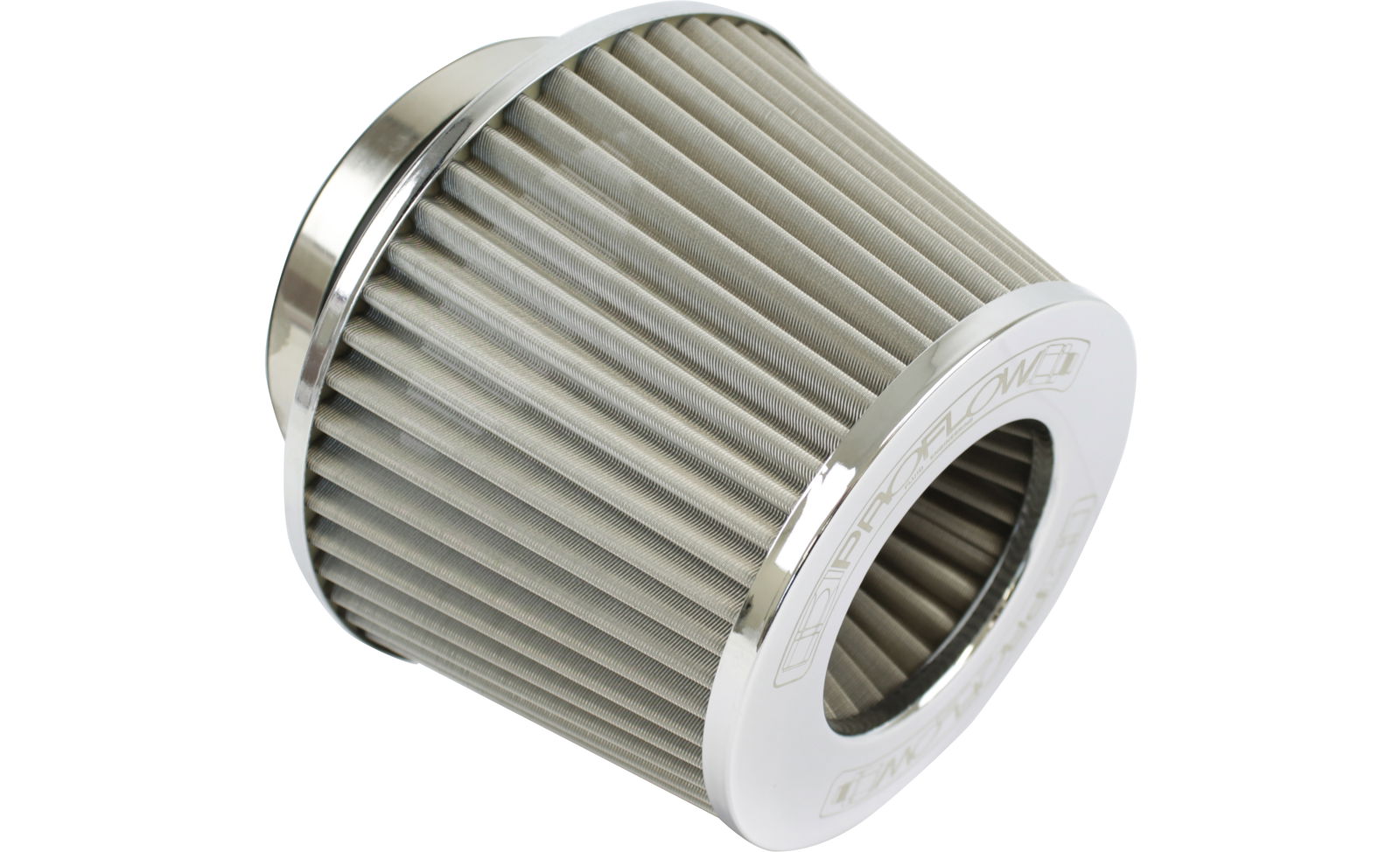
Metal filters - made from layers of stainless steel mesh - often look great and don’t need to be oiled. Plus, with larger gaps between the filter material, a metal filter will be less restrictive than cotton and foam designs. Again though, with less restriction comes less filtration. This design will naturally let more dirt through, although the particles aren’t likely to be large enough to cause issues.
But it's not just about material
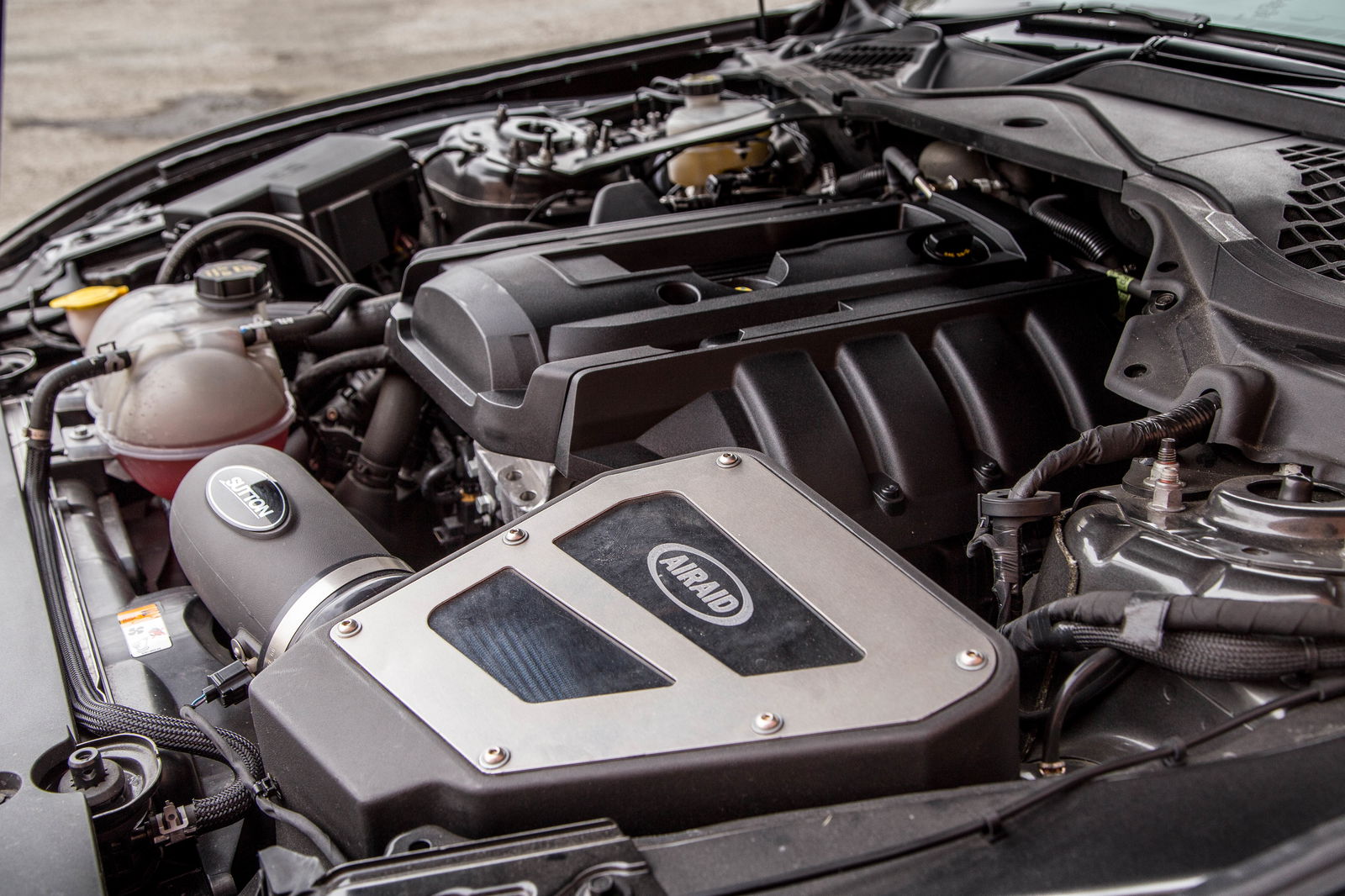
The material isn’t the only thing you need to consider when choosing a new air filter. The shape of the unit can affect how it performs, as can the size - the smaller the area you’re trying to shove the air through, the more restrictive the setup will be. It’s also possible to reduce restriction by ditching your car’s stock airbox, but then you need to think carefully about filter placement and the air supply you’re giving it with any new ducting that might be added.
Do you run an aftermarket air filter? What type did you go for, and why?



Comments
A “ford racing” filter with a corresponding tune, not sure if filter makes much difference but the tune gets rid of the skip shift “feature” and makes the throttle more sensitive so fun all around :)
Image uploading on this site is great (Y)
I have a K&N replacement filter. It goes into the stock air box.
Noticed, that it’s about half as thick as the stock paper filter.
It changed the sound of the induction and also now I can hear my diverter valve making “pshhh” everytime I release the gas.
Power increase - I don’t think so. But with the stock map it was able to rev about 500 rpm higher.
Also, the acceleration on low rpm felt slightly better.
Now I have a remapped ECU and it should profit a bit, that the filter is less restrictive.
All in all I’d recommend that “modification”, just because of the noise it makes.
How can ones name be “reiskoffer”? It literally means “suitcase of rice” in German
The dirtier it is, the more efficient it is !
Pagination